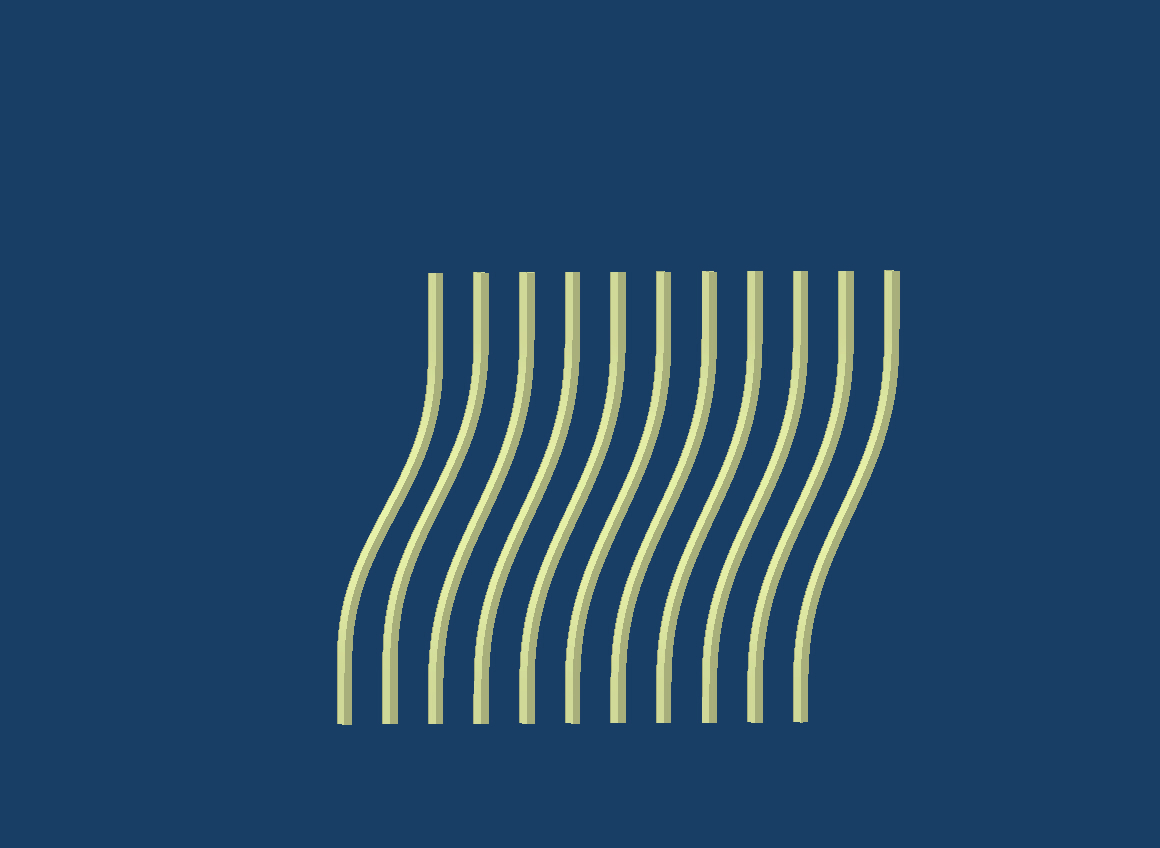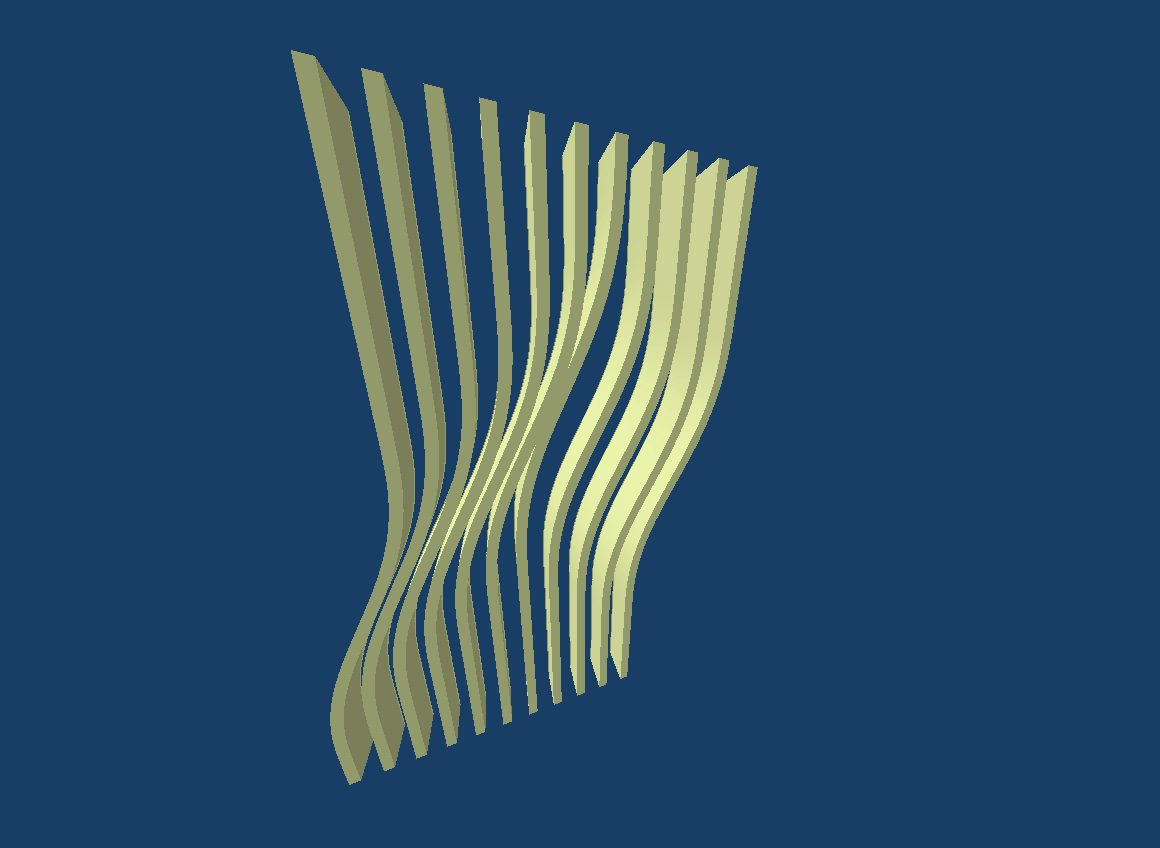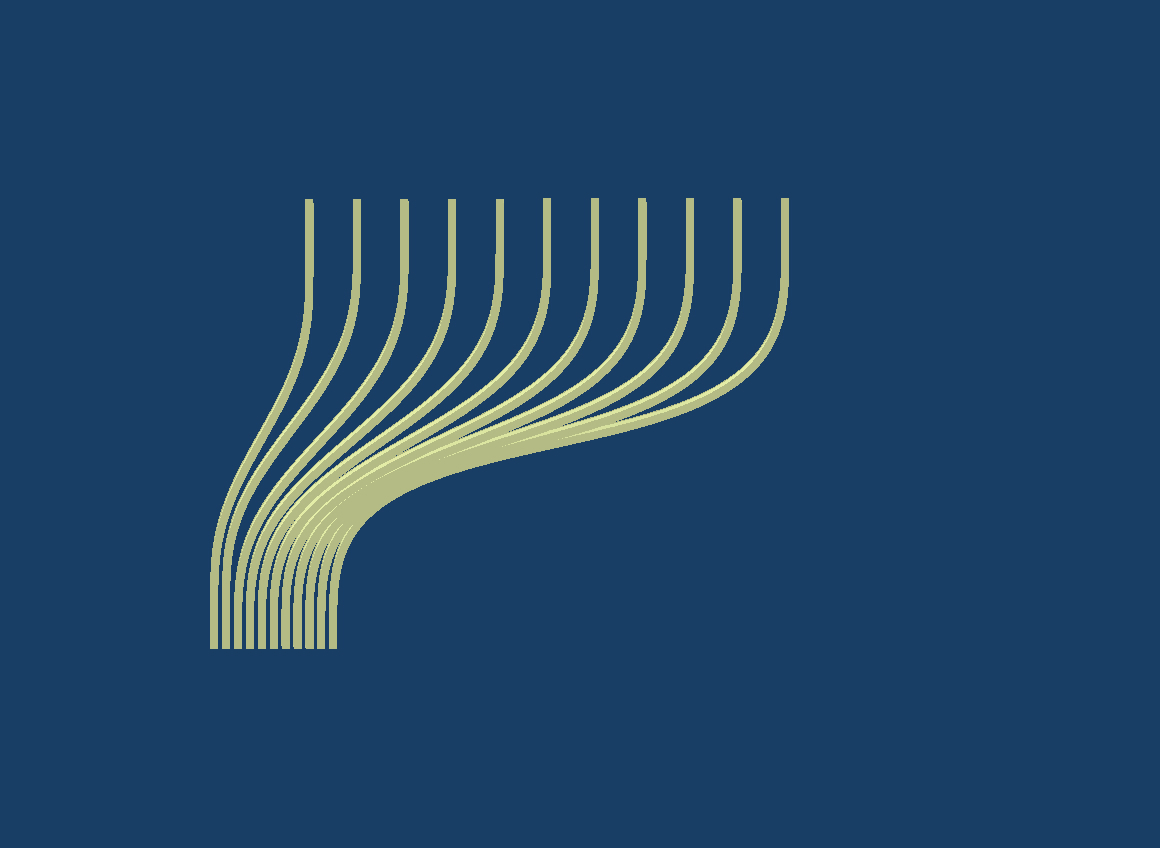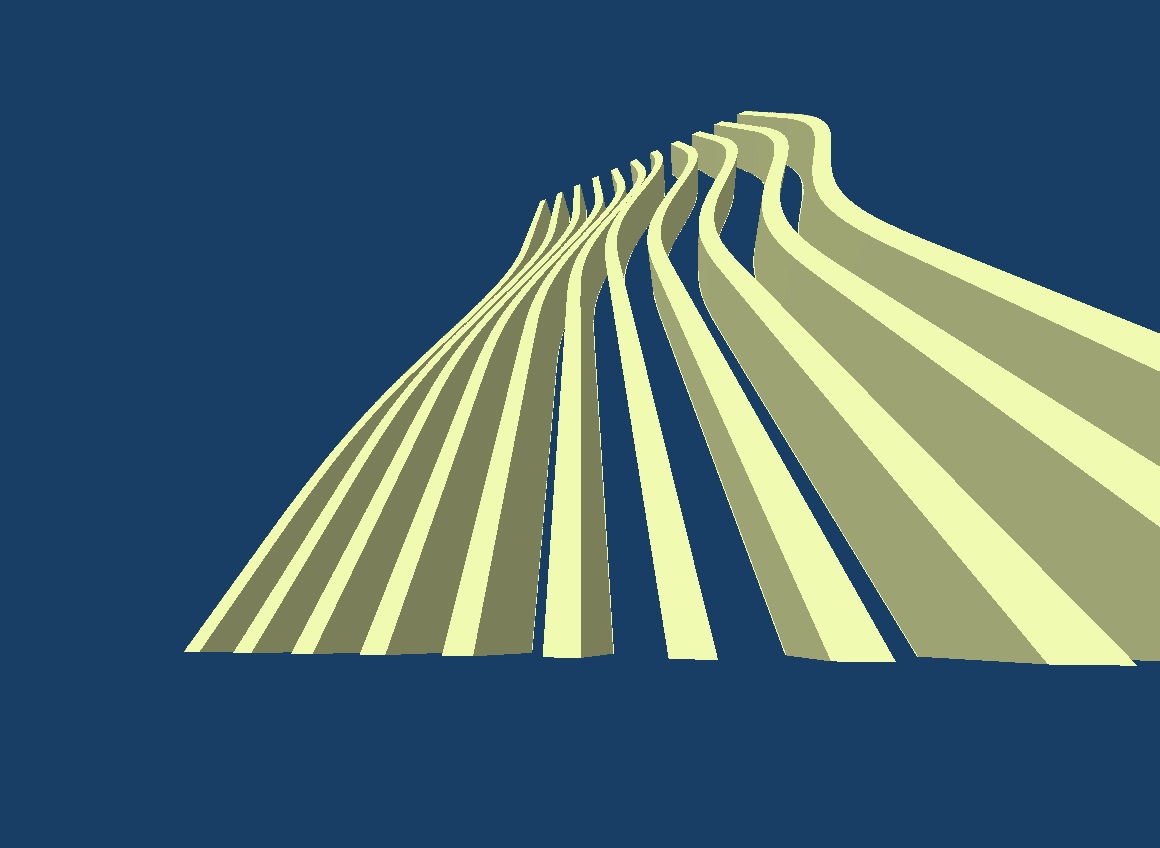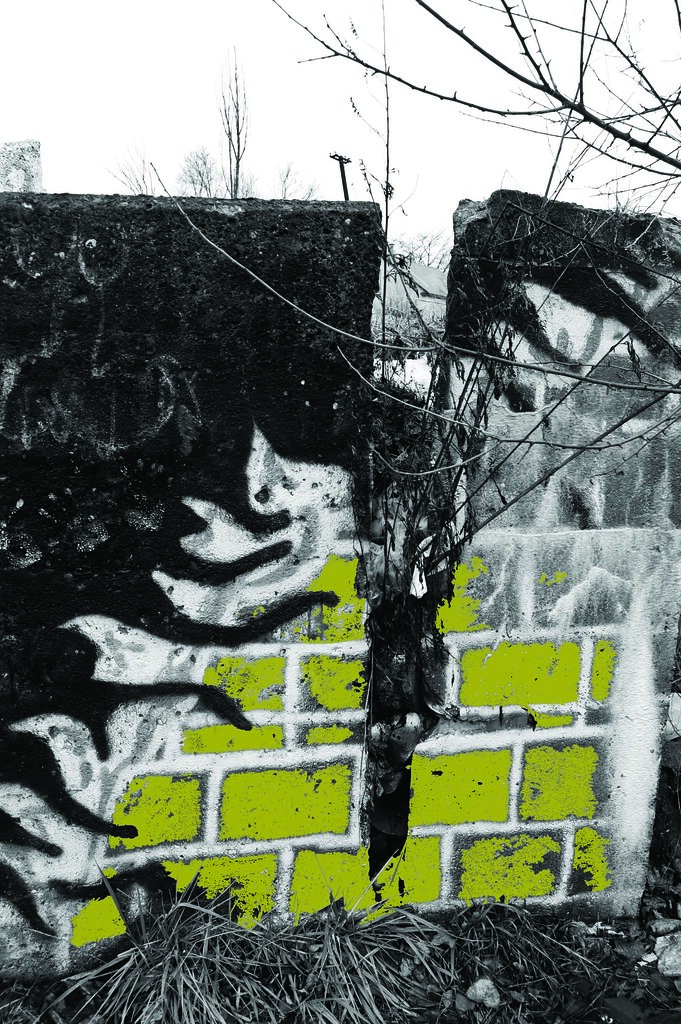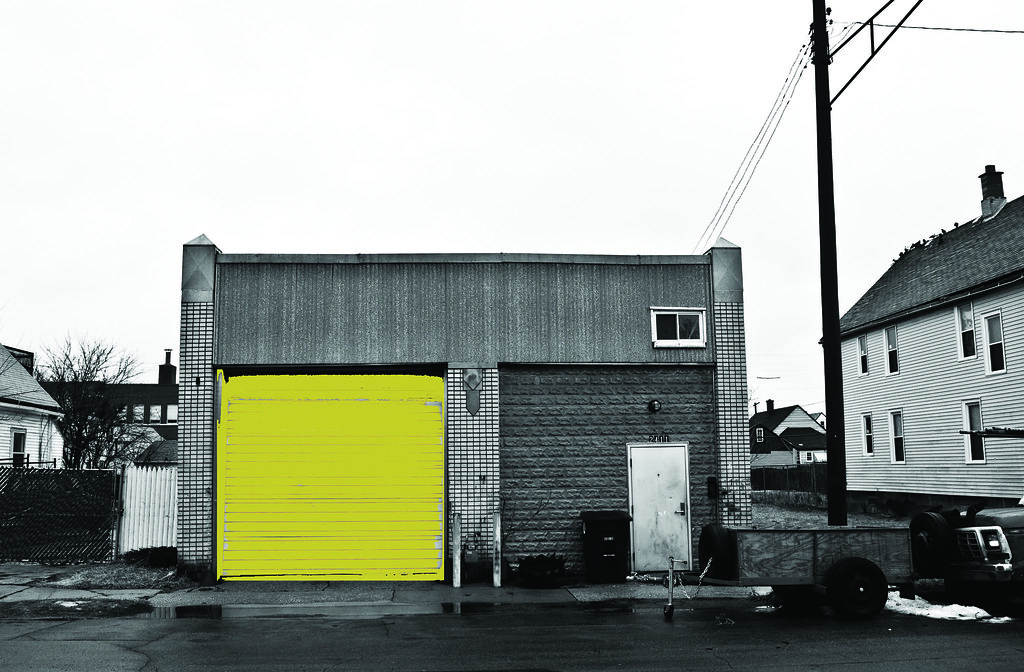This week I started over with the creation of a formwork that would drive the geometry of each piece using four curves. I projected the spacing onto perpendicular planes, added points coincident with the intersections, and set up parameters to drive offsets. Potentially this will allow me to morph the entire screen by simply changing numerical values. I kept the parameters global such that all the powercopies could be controlled at once.
The problem I'm having right now is that even though I enabled hybrid design, I am not able to powercopy the multi-section solid. I keep getting an error about ordering. Maybe I need to shift around my geometrical sets?











